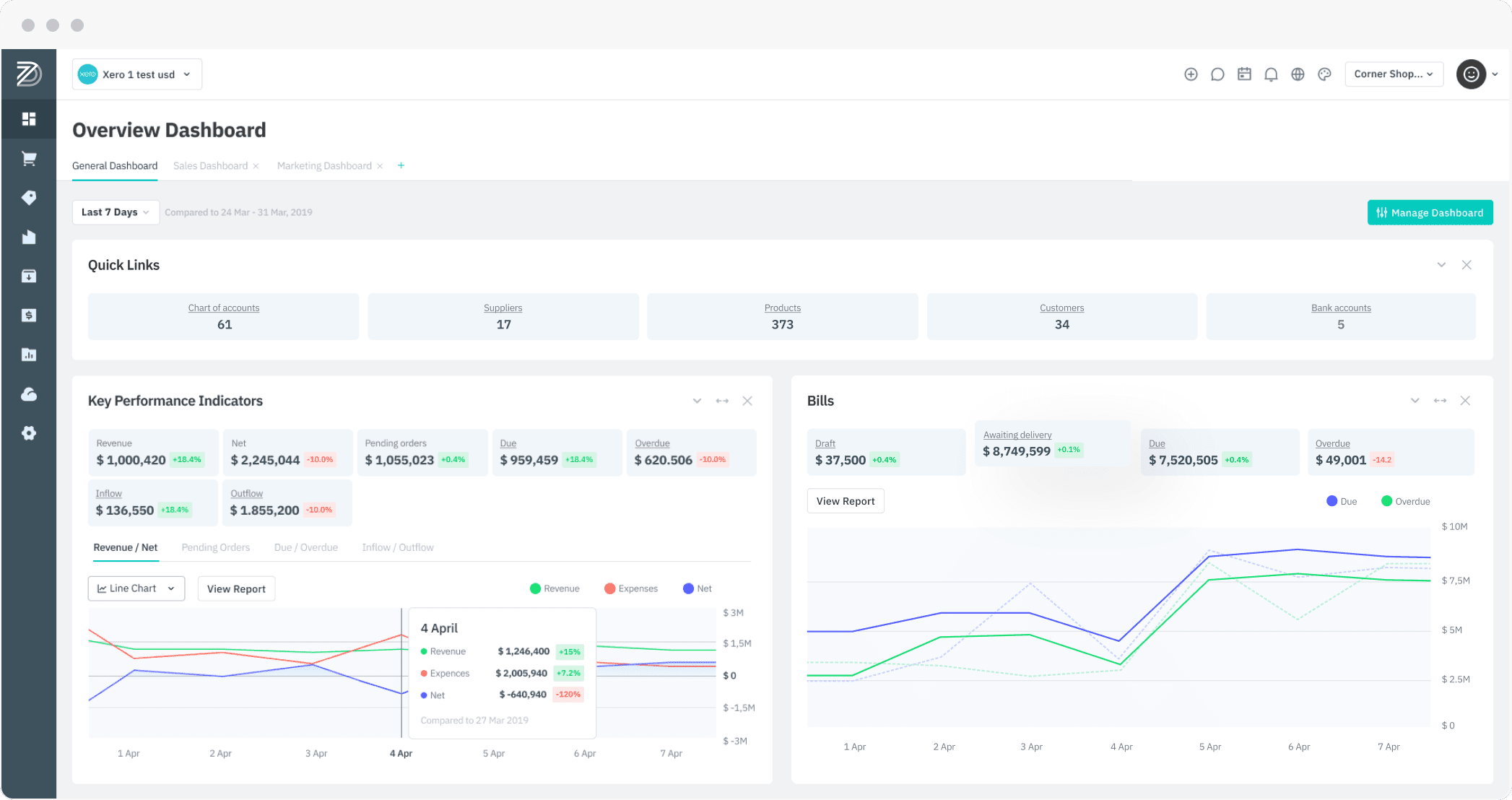 Some enterprises are fortunate enough to only have to deal with one main product. They aren’t flooded with a wide range of products across a huge spectrum. Add different variables to every product and the whole thing can quickly become a mess. Our heart goes out to every clothing company in the country.
Some enterprises are fortunate enough to only have to deal with one main product. They aren’t flooded with a wide range of products across a huge spectrum. Add different variables to every product and the whole thing can quickly become a mess. Our heart goes out to every clothing company in the country.
So as a smaller-sized enterprise with big ambitions, how do you manage all these different products? How do you know what to stock, and at what level, to maximize profitability and keep your inventory manageable? This is one of the many secrets of good inventory management, and how inventory management software can ease the burdens of daily management.
Where do you start?
Too Low and Too High
We first need to counter one of the main arguments of precise inventory management. Why can’t you just stock it all? Get a high count to reduce the price-per-product. It will sell eventually, right?
For clothing, perhaps. There isn’t an obvious shelf life for most apparel, so this approach might actually play well. For most other product types, shelf life is a serious issue. But perhaps just as importantly is space. No matter how impervious a product is to natural degradation, it still takes up space on a shelf.
If you stock too little, you aren’t satisfying customer demand. If you stock too much, your shelves are wasted with unwelcomed and unmoved product.
Par Level
You have to address your par level. Different businesses look at par level in different ways, but it is basically the minimum amount of a product you are willing to have on your shelf at any given time. What is the lowest acceptable inventory level for that product?
There are many ways you can determine your par level per product. We look at a few areas you can consider.
- The size of the actual product: How much space is it taking up in your warehouse?
- Seasonal trends: Is it something that sells year-round?
- “Add-on-ability:” Is this a product that could be easily “added on” to another to encourage a sale. For example, stickers, poster, or a similar smaller-sized complementary product can be healthily stocked at all times.
- Restocking speed: Is this a product you can get back quickly if you miscalculate the inventory you need? If so, you might want to stock up when you can.
Setting your par levels correctly can be challenging, especially early on. Software for inventory management can help you review metrics and reduce your trial-and-error period.
Par Levels Vary – a Lot
Par levels are not created equal. In business reality, some products may need to go out of stock. This could be to create demand or cater to a very seasonal selling cycle. Others can have high par levels, especially if sales on that product are sporadic, unpredictable, and at the whims of cultural trends. You want to have a high inventory count here to capitalize on that big break.
While it may take some practice, awareness of your market will really help you nail the right par levels.
Contact us for more information or start a 14 days free trial.






